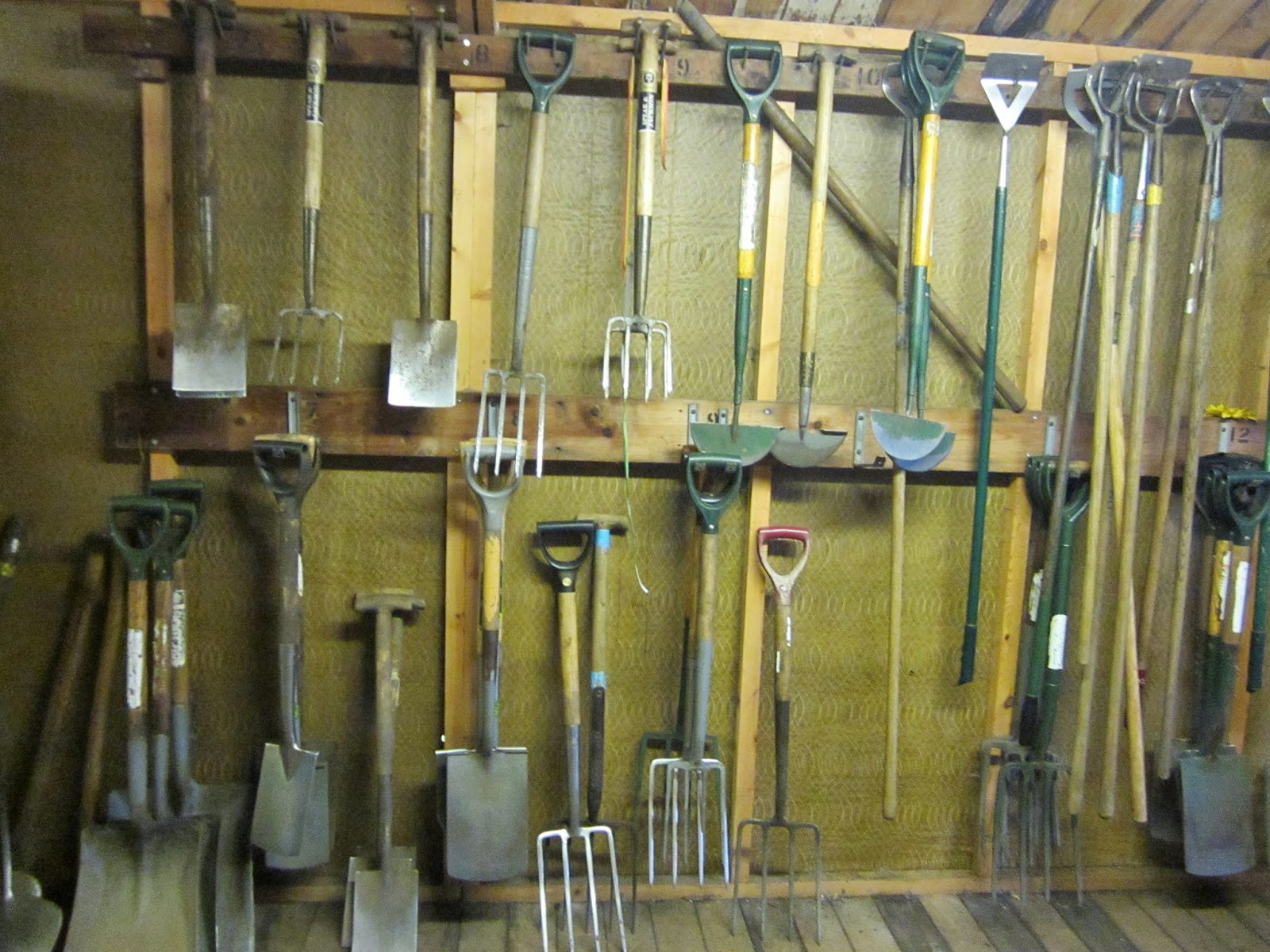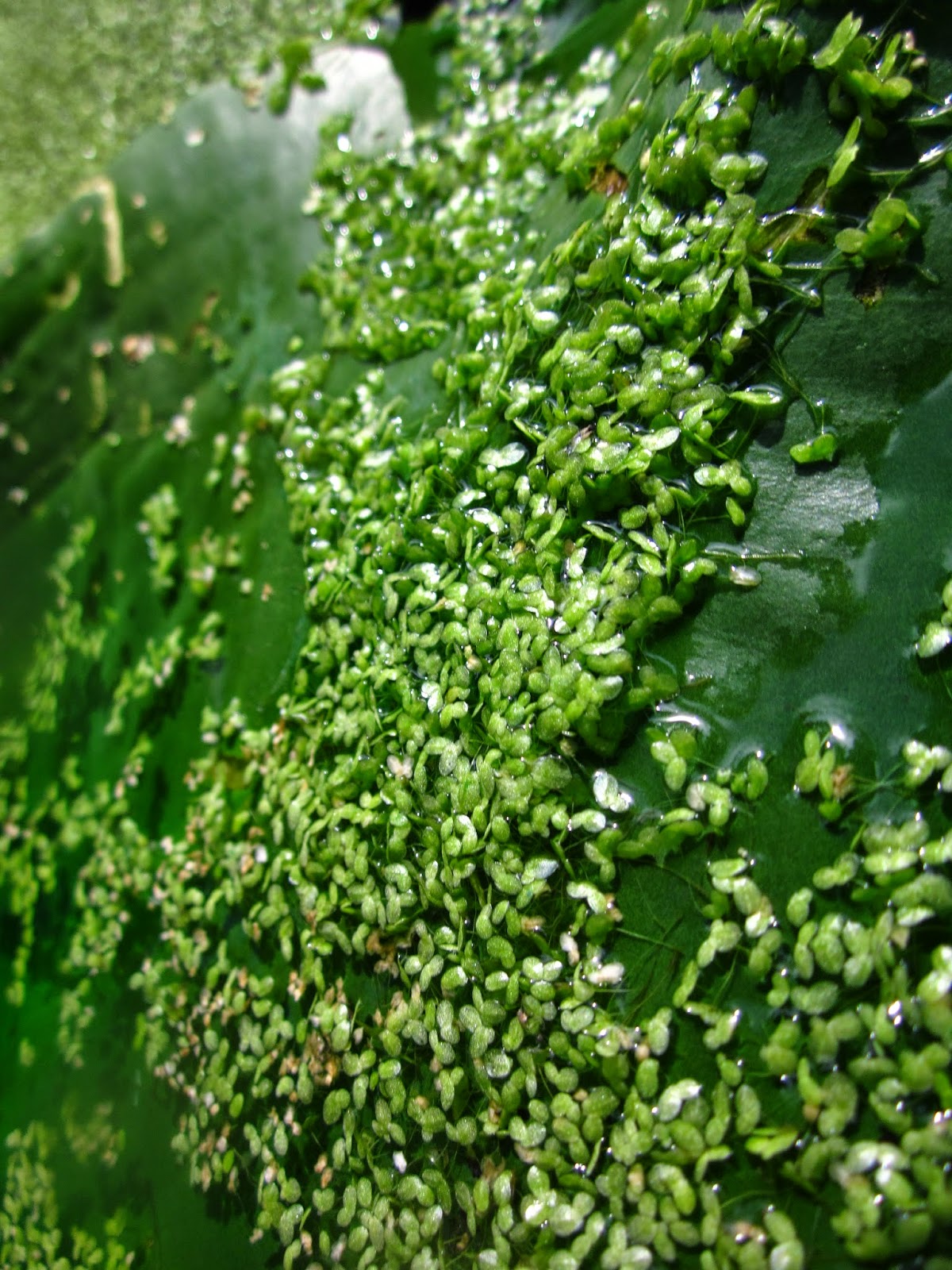Believe it or not, I've already been at Kew for five weeks! This internship is almost halfway finished. And yet there are still plenty of new activities to keep busy with. We were a bit all over the place, with edging and weeding in the order beds, deadheading, weeding, and watering in the secluded garden, weeding in the grass garden, and deadheading the Salvia border, so there isn't one area that really stands out for a profile this week.
Although we did work on some routine maintenance, Daisy and I had the opportunity to prune some monstrous Wisteria vines that grow along the brick wall between the order beds and the rock garden.
Cutting up
In addition to being very vigorous, the wisteria are also quite old (1966-69201, NOTC). The one that Simon and I worked on was planted in 1966! All three of the plants that were being pruned were actually growing over the edge of the brick wall into specimens of other climbers on the opposite side. There were two ladders available, so we broke into two smaller groups to try to contain the vines.
Health and safety is a huge concern for Kew. The first hour of the first day of the internship, the internship coordinator walked us through a great deal of health and safety rules, guidelines and forms. We all needed to sign some additional paperwork before being allowed to use the ladders, and the staff members walked us through how to use the ladders safely.
We made sure that our ladders were securely placed against the wall and the footing was sturdy. There was always someone with a firm grip on the ladder below to spot the person who was working on the wisteria, and we switched regularly to keep alert. One hand had to be kept on the ladder at all times, which made pruning a bit more difficult. Anyway, we finished pruning three vines without any incidents.
Goodbye Simon!
 |
| The tender, whip-like new growth of Wisteria needs to be pruned back at this time of year |
Wisteria, way up
Cutting up
According to Crissy, Kew prunes their wisteria vines twice a year. They do a hard prune in the winter where they cut new growth back to an older branch. The new growth usually has two or three buds left that will sprout into the vigorous branches when the weather warms up.
Kew also does a softer prune in the middle of summer, which is what Daisy, Beth, Martin, Simon and I were working on this week. In the summer prune, we remove the fresh, whip-like growth and cut the new vines back to five or six buds (about 15 cm). This cut improves the appearance of the vine without giving the wall a scalped appearance, improves the chances of a second flush of blooms, and also prevents it from engulfing surrounding plantings.
Kew also does a softer prune in the middle of summer, which is what Daisy, Beth, Martin, Simon and I were working on this week. In the summer prune, we remove the fresh, whip-like growth and cut the new vines back to five or six buds (about 15 cm). This cut improves the appearance of the vine without giving the wall a scalped appearance, improves the chances of a second flush of blooms, and also prevents it from engulfing surrounding plantings.
 |
| One vine has already set a new flower bud! |
Before climbing the ladders, we needed to clear some space. Also, why use a ladder to cut a section that's within arm's reach? After we pruned back all the vigorous, whippy new growth that we could reach, it was easier to find a suitable spot to prop the ladder.
Safety first
 |
| Martin and I were paired together to ensure the work done on the ladder was done safely |
We made sure that our ladders were securely placed against the wall and the footing was sturdy. There was always someone with a firm grip on the ladder below to spot the person who was working on the wisteria, and we switched regularly to keep alert. One hand had to be kept on the ladder at all times, which made pruning a bit more difficult. Anyway, we finished pruning three vines without any incidents.
A personnel matter
Our leader Shelley was on annual leave for the past two weeks, leaving staff members Crissy and India in charge. Shelley's management style has always been really open and inclusive, and she is great at communication. The Friday before she left, she gathered all the staff, students, interns and the apprentice together to make sure we all were on the same page about what needed to be done while she was gone. However, she's not the type to micromanage from vacation, so there was some flexibility in how India and Crissy chose to execute the work.
They did a really great job coordinating everyone -- including the volunteers -- and I think we got everything done. For instance, right after Shelley left, a "heat wave" hit London. India and Crissy coped with this by making sure we did work in the sunny, open areas (like the grass garden and order beds) early in the day, and saved chores in the shady areas (like the secluded garden, Salvia border, and birch border) for the afternoon. You could definitely tell they put thought into how to balance practicality with getting the work done.
 |
| Simon shows us the scale of the wall and how much the new growth extends into the Salvia border |
Goodbye Simon!
This week was a bit bittersweet for members of our little crew. Our apprentice Simon is graduating from Kew, and moving on to bigger and better things. From day one of our internship, Simon has been a friendly and capable presence in the order beds. He's always been there to help out, whether it's by lending a hand to finish a task or to lighten the mood with a funny story. It will certainly be weird to go through the next six weeks without him working alongside us. We wish him the best in finding the job of his dreams. Good luck Simon!
Familiar Faces for Friday Fun
Friday was a real treat for me, because a group of students from the University of Tennessee plant sciences department stopped by for a tour of Kew. I took the morning off to wander the grounds with the participants in the Glorious Gardens of England mini-term. It was so nice to hear a southern twang after five weeks in London! They were kind enough to let me tag along on some tours of other fabulous gardens in southern England, which is why this week's post is a bit delayed. I hope that they're having a great time exploring the north this week.
Thanks for reading, and check back to read what happens next week in my internship with Kew.
If you have any questions, comments or suggestions, please feel welcome to leave a comment or send me an email.
To see more photos from this week, be sure to check out the album "Week Five" on the Plante on Plants Facebook page. "Likes", shares and comments are appreciated.
Familiar Faces for Friday Fun
Friday was a real treat for me, because a group of students from the University of Tennessee plant sciences department stopped by for a tour of Kew. I took the morning off to wander the grounds with the participants in the Glorious Gardens of England mini-term. It was so nice to hear a southern twang after five weeks in London! They were kind enough to let me tag along on some tours of other fabulous gardens in southern England, which is why this week's post is a bit delayed. I hope that they're having a great time exploring the north this week.
Thanks for reading, and check back to read what happens next week in my internship with Kew.
If you have any questions, comments or suggestions, please feel welcome to leave a comment or send me an email.
To see more photos from this week, be sure to check out the album "Week Five" on the Plante on Plants Facebook page. "Likes", shares and comments are appreciated.
This week's British treat are chocolate Hobnob biscuits. Yummy on their own, and transcendent when dunked in coffee.
 |
| Myself and professors Brad Collett and Garry Menendez from the University of Tennessee's Master's in Landscape Architecture and Department of Plant Sciences. They brought a group of 17 students from various backgrounds to explore Kew and the Glorious Gardens of England. Glad to catch up with some familiar faces after five weeks abroad! |























